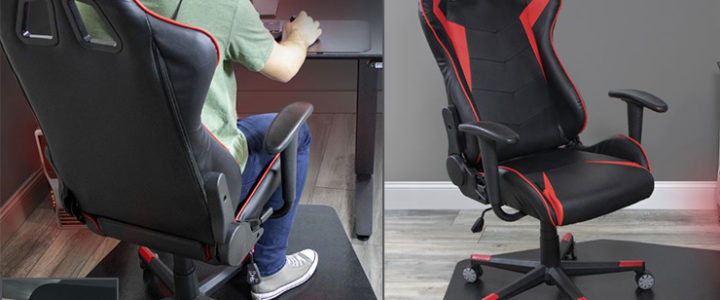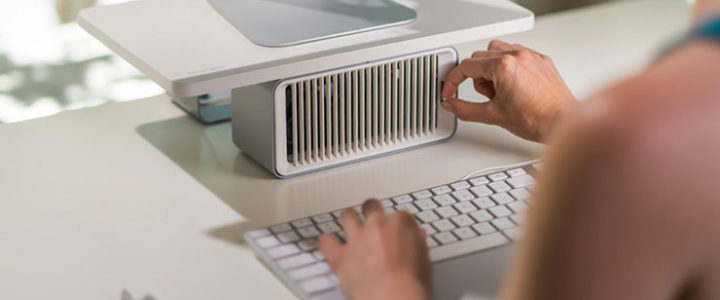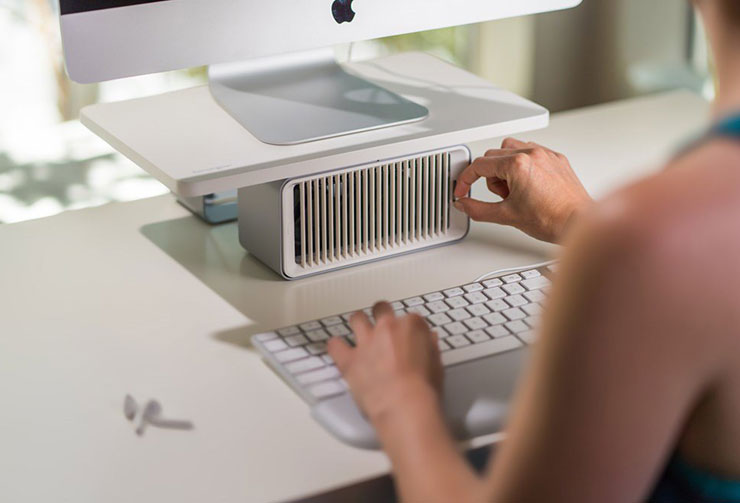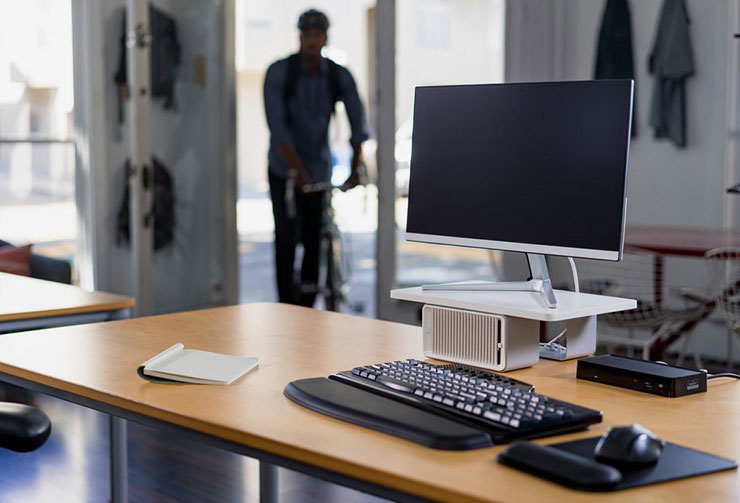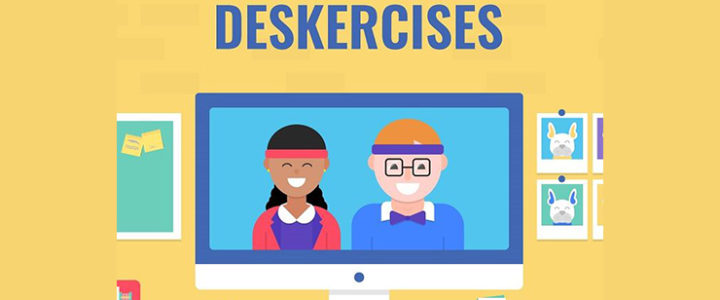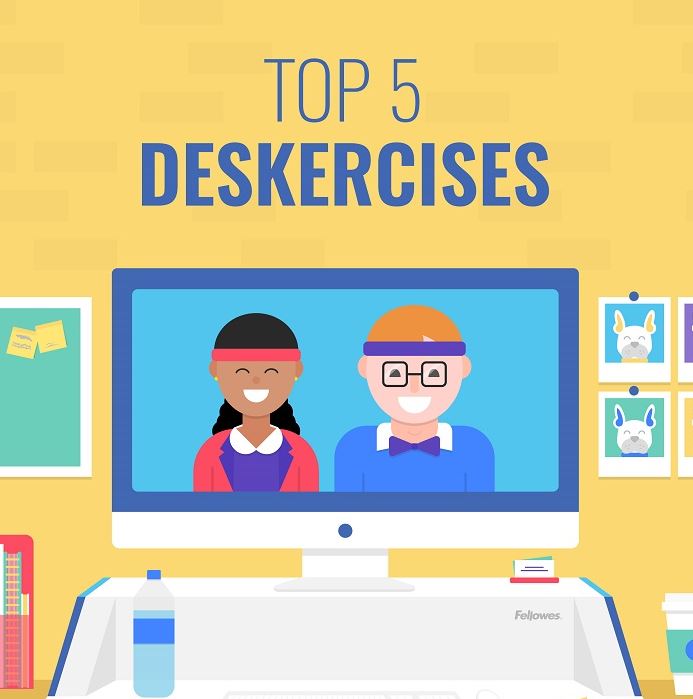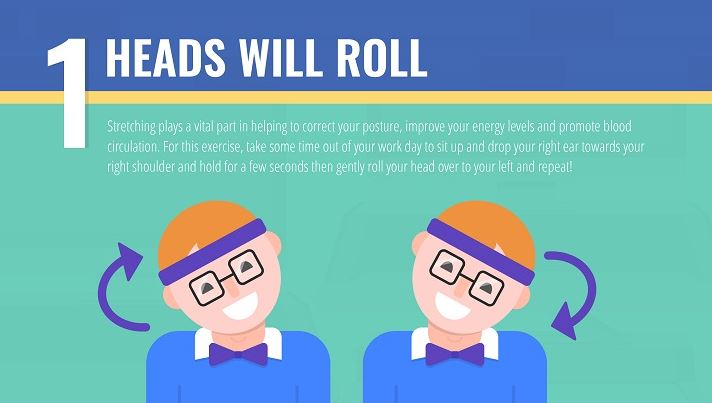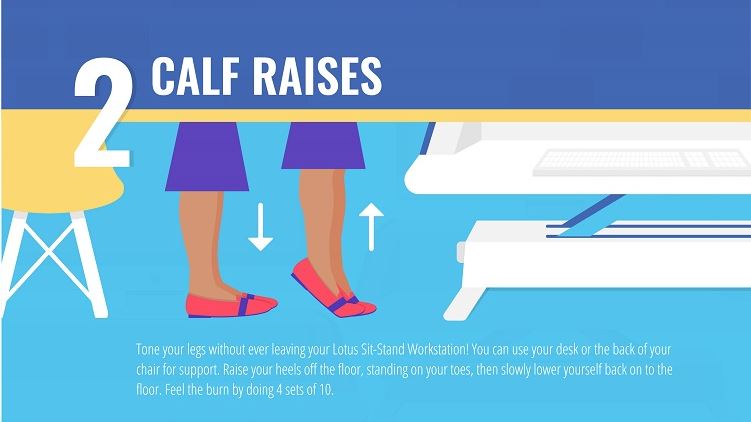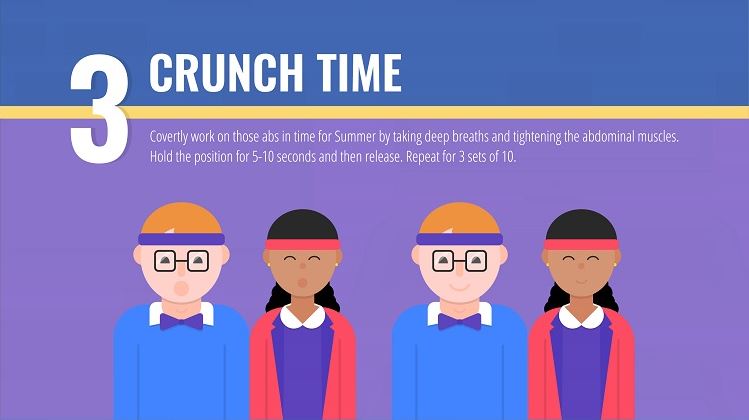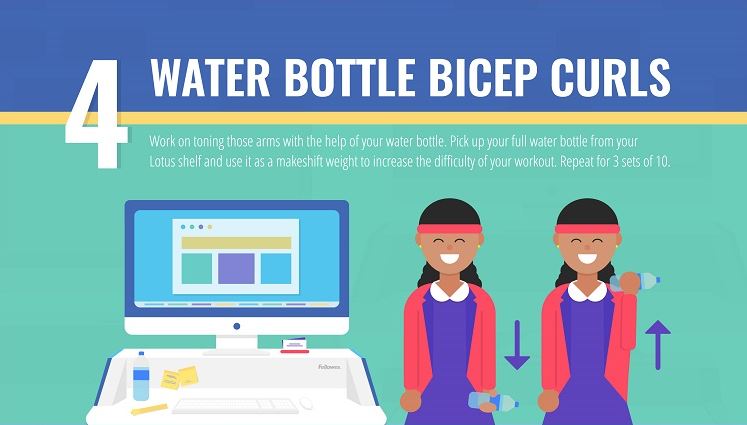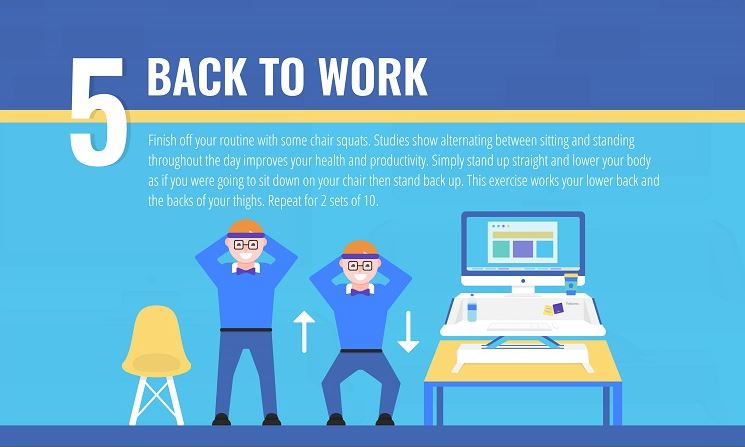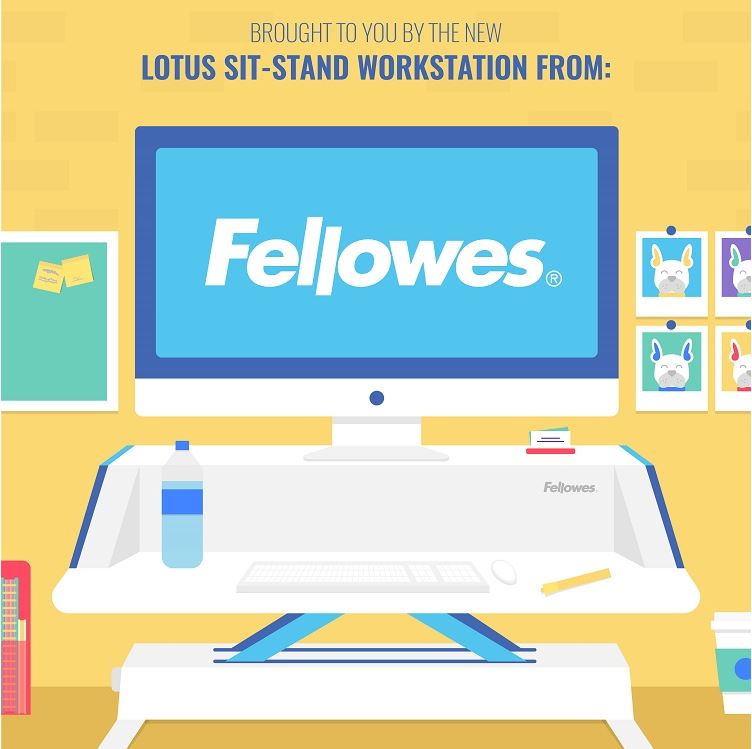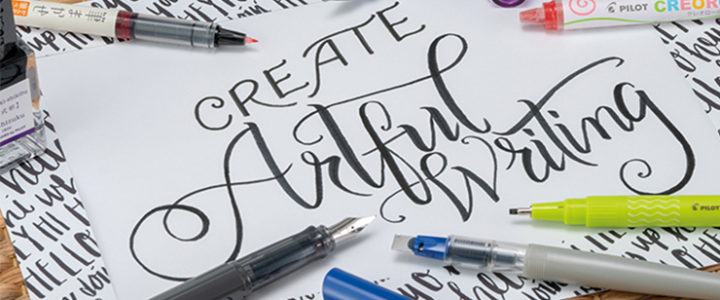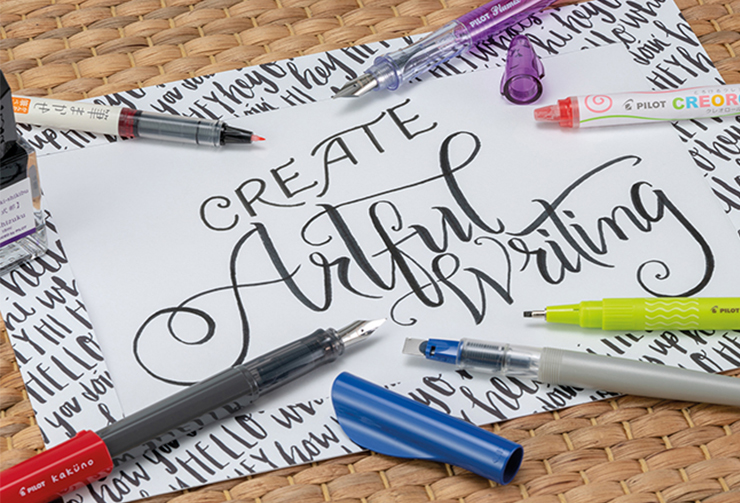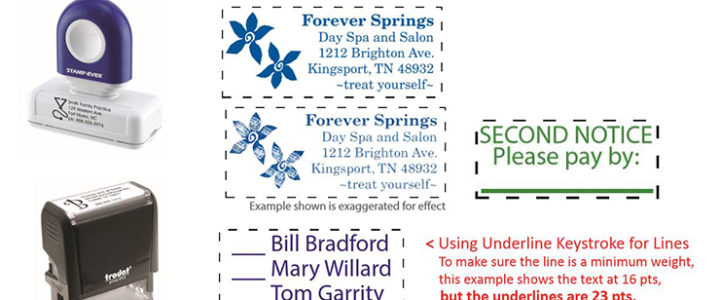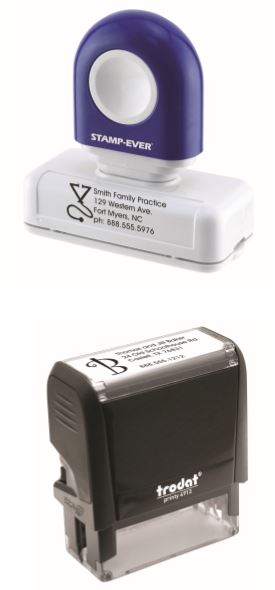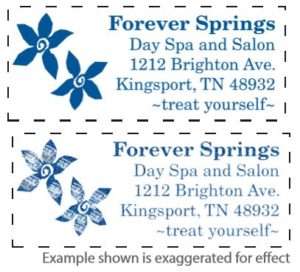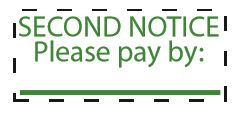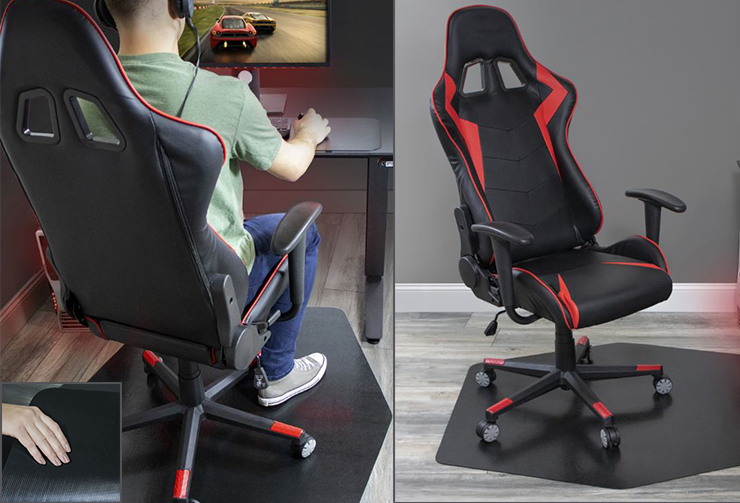
Do you have a Video Gamer in the family? Need a great gift for them?
Take your gaming arena to the next level with the Ultimate Game Zone Chair Mat by E.S. ROBBINS. Cutting edge style and function combine to create the latest in floor protection gear.
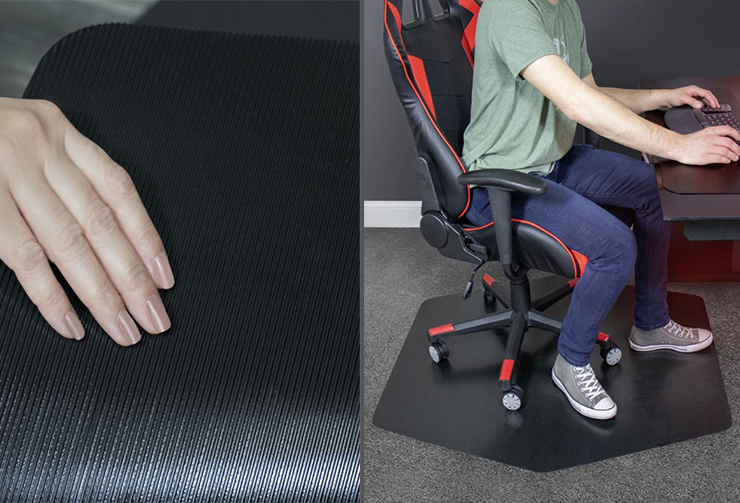
Whether your setup is on hard floor or carpet, the hybrid vinyl grip system has you covered. Upgrade your gaming experience with a smooth rolling surface while protecting your floors from scuffs, scrapes and spills.
• Unique shape fits compact setups and advanced gaming environments
• Angular design provides maximum space utilization
• Hybrid vinyl grip technology
• GREENGUARD Gold certified for low chemical emissions to UL 2818
• Limited Lifetime “No Crack Mat” Warranty
• Made in USA
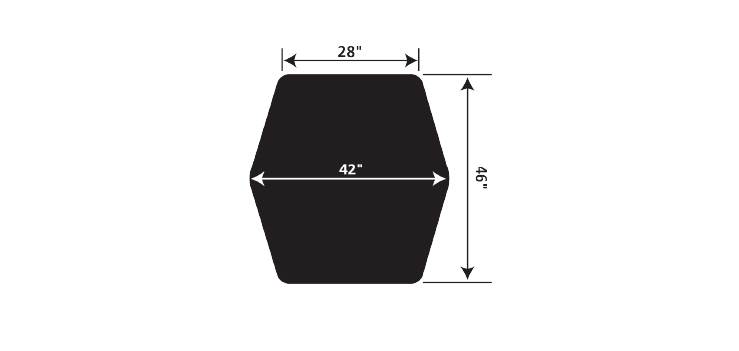
To Order, Call Jacobs Gardner Toll-Free: (800) 638-0983 or Email: customercare@jacobsgardner.com


